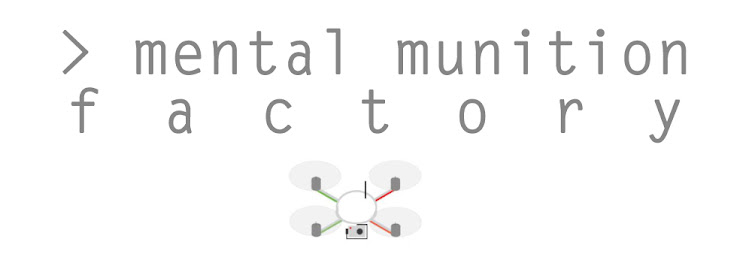This interactive heat map, compiled using Chicago Department of Public Health data, GIS files, and Google Fusion, shows where Children with the highest rates elevated blood lead levels in Chicago live. Data is from 2010.
Chicago Department of Public Health data shows that children in the poorer, industrialized south of Chicago are more likely to have dangerous levels of lead in their bodies than children in more affluent neighborhoods.
The data, obtained by a FOIA request from the health department, shows the levels of lead the agency found in children 17 and under in the city of Chicago. Most children tested for lead, however, were under 6 years old.
“An EBL or elevated blood lead level, is defined… as the child’s highest venous test with a result of 6 or more micrograms lead (Pb) per deciliter blood,” the health department wrote.
According to the EPA, there is no safe level for lead in the human bloodstream. At 10 micrograms per deciliter of blood, children can develop symptoms such as “lowered intelligence, reading and learning disabilities, impaired hearing, reduced attention span, hyperactivity, and antisocial behavior.”
The most recent results are from 2010, but the file contains annual results back to 2005. They were compiled with the help of an epidemiologist in the department.
“Multiple blood lead tests were determined using an algorithm that matches children by name, date of birth and sex, while allowing for common typographical and data entry (eg, reversing first and last name) errors for blood lead tests conducted within a calendar year,” the health department wrote.
In the interactive heat map at the top of the post shows the rate at which children in each of Chicago’s 77 communities reported elevated levels of lead.
The Englewood community has the highest EBL rate, where 9.15 percent of the children who were tested for lead came back with a positive EBL. Neighborhoods in the north end of Chicago had EBL rates between 0.8 percent and 3.31 percent.


